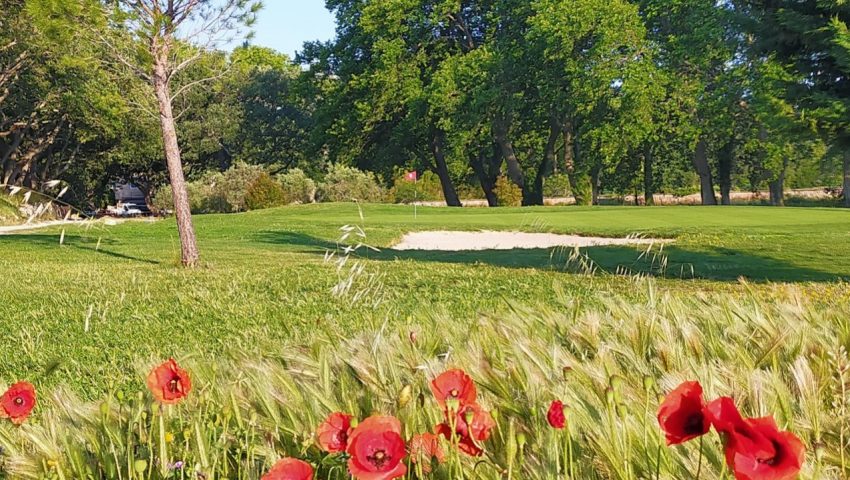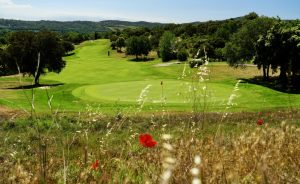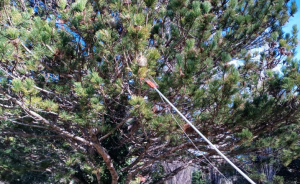Biodiversity in the dry parts of the Golf de Servanes offers a fascinating insight into the adaptation and symbiosis between different species. As once flowery areas are transformed into arid plots, the seeds that remain attract birds, which then play a part in dispersing the seeds and colonising new plants.
Plant pollination is a crucial process for maintaining plant diversity. At the start of the season, insects, butterflies, bees and other pollinators were the main visitors to the flowering areas of the Golf de Servanes. Their presence contributed to healthy and abundant flowering. However, when the flowers wilt and produce seeds, a completely different group of animals takes over: birds.
As birds feed on the seeds, they play an active role in dispersing them, thereby encouraging the colonisation of new plants in other parts of the golf course. Their role in biodiversity is therefore twofold: not only do they contribute to the dispersal of seeds, but they are also good indicators of the health of the ecosystem.
The presence of birds provides a valuable indication of the availability of food and suitable habitats. If birds are numerous, this means that biodiversity is sufficient to meet their needs. On the other hand, their absence can be a sign of ecological imbalance, diminishing resources or habitat loss.
Insects and other small creatures that depend on flowers for food and shelter can suffer from habitat loss when plants die and seeds are eaten by birds. That’s why it’s essential to carefully monitor changes in the ecosystem and adapt conservation measures accordingly. This can include creating artificial habitats, maintaining water sources for insects and birds, and managing periods of drought to minimise the effects on vegetation.
In conclusion, biodiversity on the dry parts of the Golf de Servanes offers a complex and changing picture of nature. Birds play a crucial role, helping to disperse seeds and providing indications of the state of the ecosystem. It is therefore important to continue monitoring these areas, to take into account the needs of all the species involved, and to implement appropriate conservation measures to preserve biodiversity and ensure the ecological health of these special areas.




